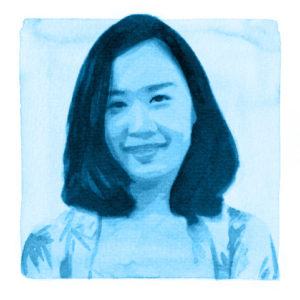
What is it like to be a Landscape Architecture student at the Harvard Graduate School of Design? In this series of candid conversations between students, Tomi Laja (MArch II ’22) speaks with Xinyi Chen (MLA II ’21) about her journey to the GSD, her interests and experiences studying landscape architecture at Harvard, and how she has grown as a student and designer.
What brought you to the GSD and what were you doing before coming here?
I graduated one year early from Penn State, and decided on a gap year before graduate studies. During the first half of the year, I was preparing my graduate school applications and then I went to Copenhagen to intern with Bjarke Ingels Group.
What attracted me to the GSD is its multidisciplinary approach to education, which provides a great platform for designers with different backgrounds to connect.
What did you study at Penn State?
Landscape architecture, so the same field as I am studying now.
Is a portfolio required in the application for a Master’s in Landscape Architecture?
We do have a portfolio requirement, and I think the portfolio plays an important part in an application because it shows the skill of storytelling, the style of your diagrams, and your talent for design.
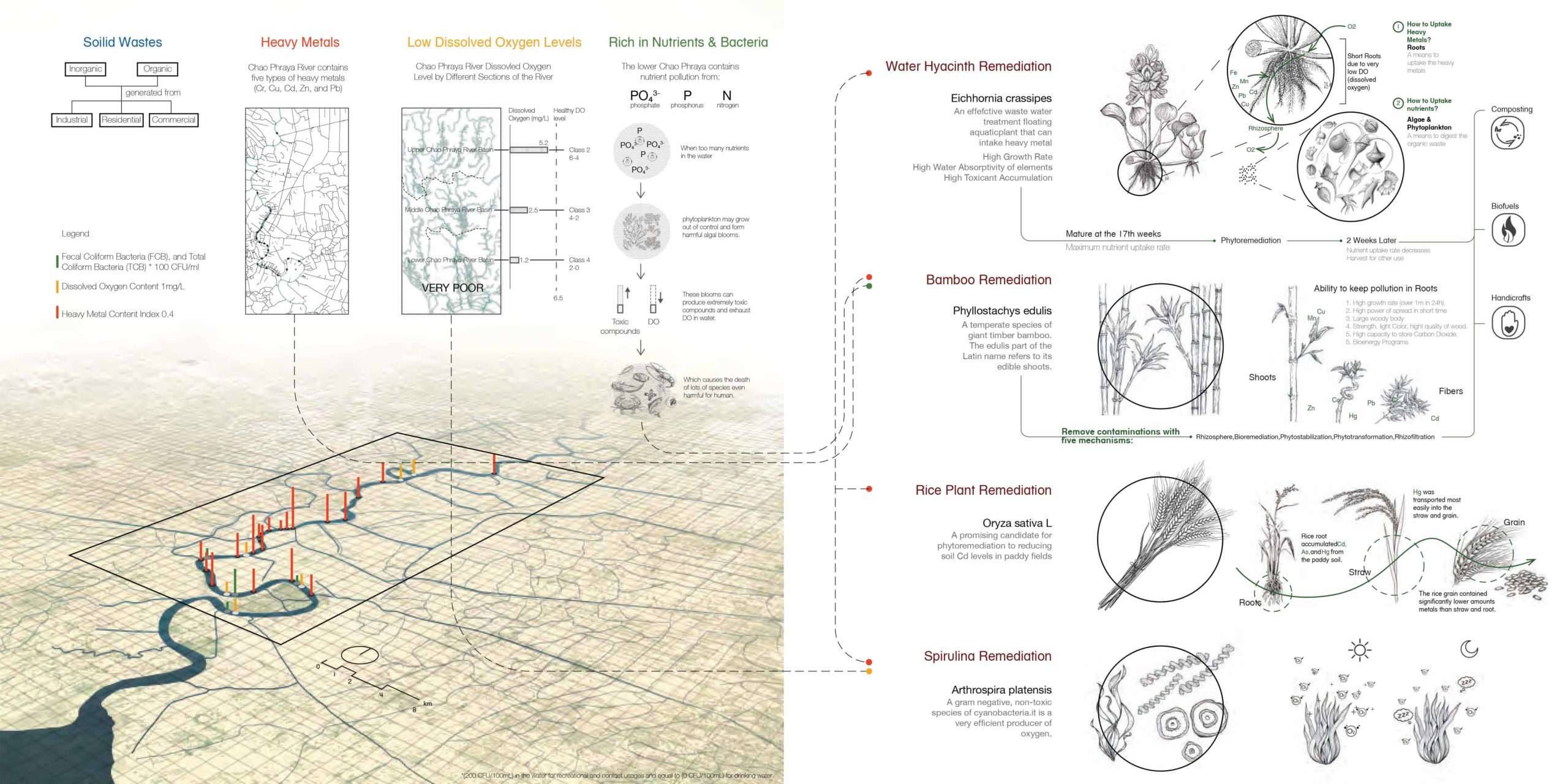
Was there a moment when you knew the GSD was where you wanted to continue your studies?
I really wanted to attend the open house, but at that time I was in Copenhagen for my internship. I did visit the GSD while I was at Penn State, though, and the GSD was always my first choice. The moment I received the offer, I knew that I would be a student here for sure. I also received financial aid that further assured me.
Was there a specific topic or subject you wanted to study?
Initially I was interested in climate change, because at the GSD we often discuss how landscape architects play a role in alleviating the effects of climate change. Then, I took a seminar with Martha Schwartz during my second semester where we learned about the root cause of climate change and some mitigation methods. That furthered my interest. To what extent can we mitigate climate change and what actions should be in place are big questions that need to be answered.
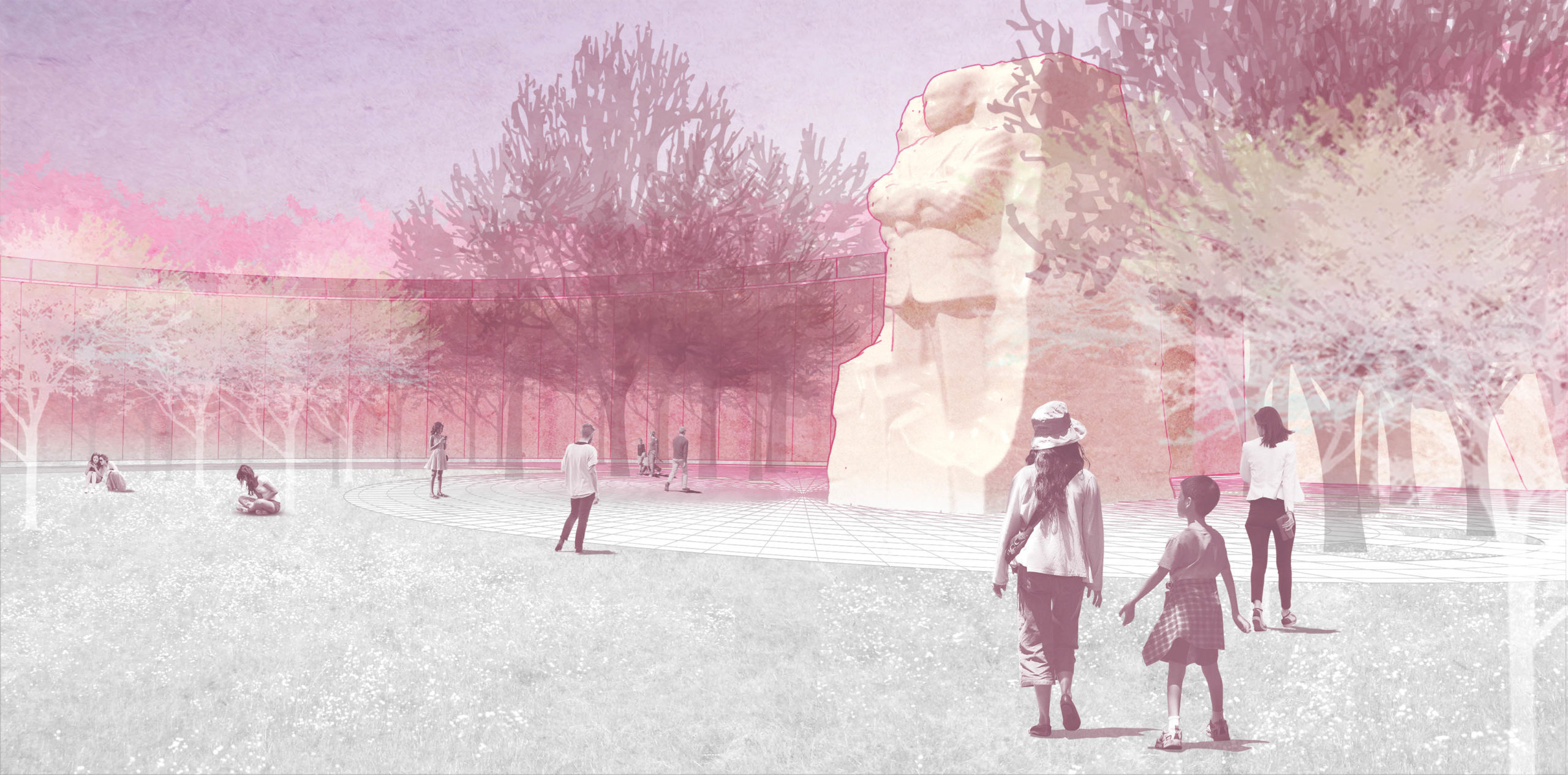
Do you have a favorite course? What has been exciting or challenging with your studies?
I do have a favorite course: “Paper or Plastic: Reinventing Shelf Life in the Supermarket Landscape” with instructors Teman and Teran Evans, which I took in the fall of 2020. In that course, we worked as a team of eight to rebrand a very common product: Dial antibacterial soap. We redesigned the logo, the tech line packaging, looked at the target consumer, etc. I think the most challenging part was working in the virtual environment as a large group. It was also difficult to produce a 3D print product when Gund Hall was not open. Fortunately, even though we were from different programs, schools, and had distinct schedules, we were always punctual and efficient . . . most of the time. We were also very satisfied with our end product and presentation. A critic even offered us an opportunity to propose our ideas to Dial. This semester we are pushing our idea forward and sharing the work with Harvard’s Office of Technology Development, which helps protect intellectual property, in case we want to turn it into a business.
It seems like you enjoyed learning about product design. At the beginning of your graduate work you were interested in climate change: is that still your focus?
I’m still focused on climate change. I’m taking a studio related to the topic with Chris Reed this semester. Although I enjoyed exploring product design and rebranding, mostly because of the course I just mentioned. I’m considering both options when I think about my career.
Everyone at the GSD is like a drop of water converging into Gund Hall, which is like an ocean generously absorbing provocative thoughts, debates, and even conflicts. I would like to be that drop of water pushing forward the waves of landscape architecture.
Are you working on a thesis?
I’m not working on a thesis because I prefer to take more classes from different schools and programs to explore many fields of interest.
Have you taken courses outside of the GSD?
I took a course at the Harvard Kennedy School called the Science of Behavior Change taught by Todd Rogers. The primary focus is on how people’s tendency to make decisions deviates from optimal choices, as well as how the consequences of such deviations can inform the design and the development of welfare-enhancing interventions. In short, we were studying how people make decisions and interventions to nudge people into making ideal choices. My team was working to devise an intervention based on behavioral science to reduce the current racial disparity in police issuing traffic tickets to drivers in Suffolk County, New York. I am also taking another course this semester at MIT. So there are lots of opportunities both within the GSD and outside of the GSD.
Could you talk a little bit about the community culture at the GSD? I know you’ve been in-person and virtually: have there been any special moments or qualities that you would like to share?
I would say that the GSD is a very inclusive community and everyone can find a spot where they belong. There are many clubs you can join: China GSD, Womxn in Design, Career in Design, GSBee, GSTea, and RED (Real Estate Development Club), just to name a few. During the Mid-Autumn Festival, which is a traditional Chinese festival, I received a mooncake from China GSD. There is also always a spot in the trays or the library and many activities and lectures that students can participate in.
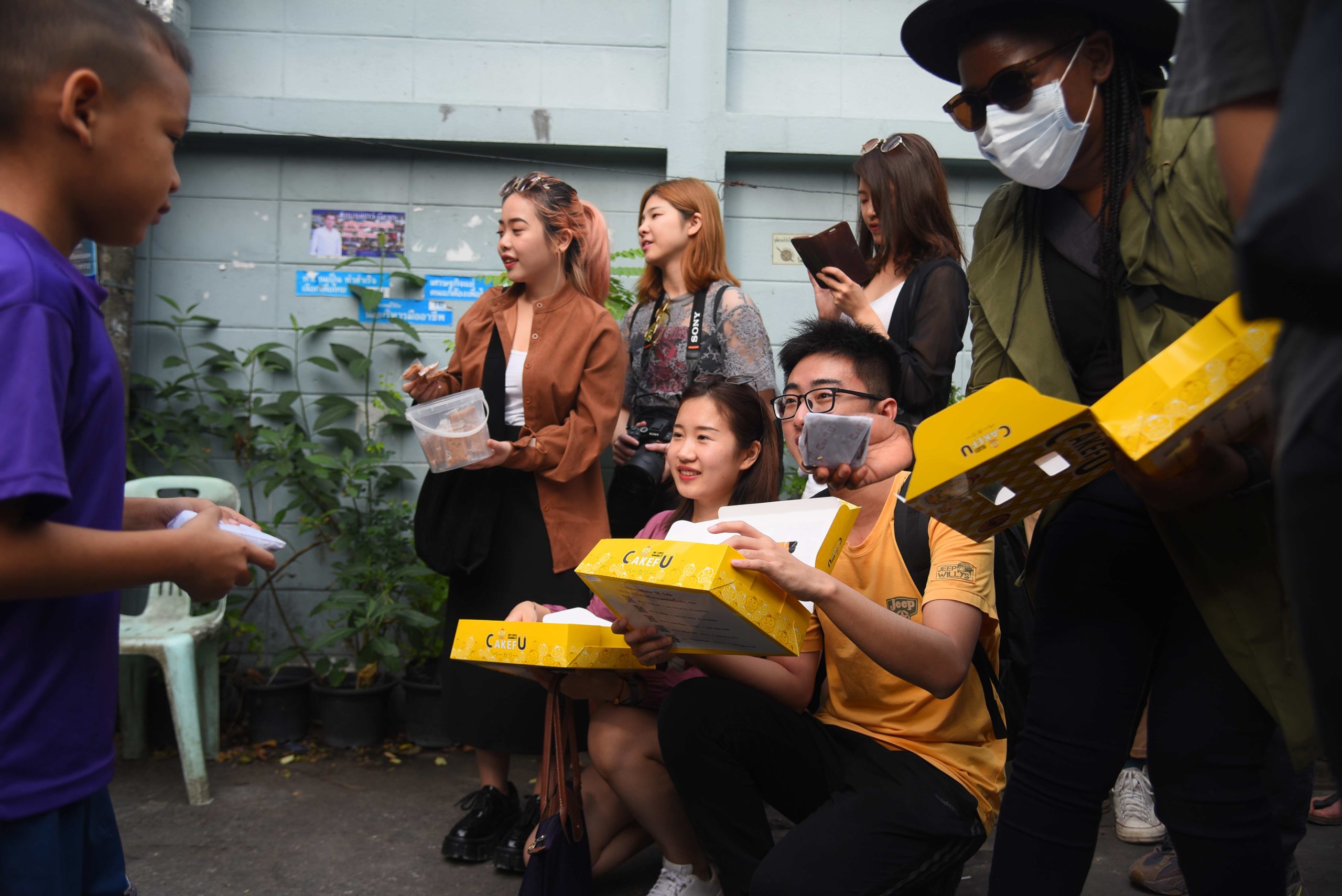
You were part of the GSD’s first studio in Thailand. Were you able to travel there?
We were very lucky because we traveled early—right before the outbreak of the pandemic. We collaborated with the local community and investigated the water quality conditions there. We were working in pairs to devise a purifying system locally in Thailand because the Chao Phraya River is highly polluted. Our designs are trying to use vegetation as a medium to help purify the area over time.
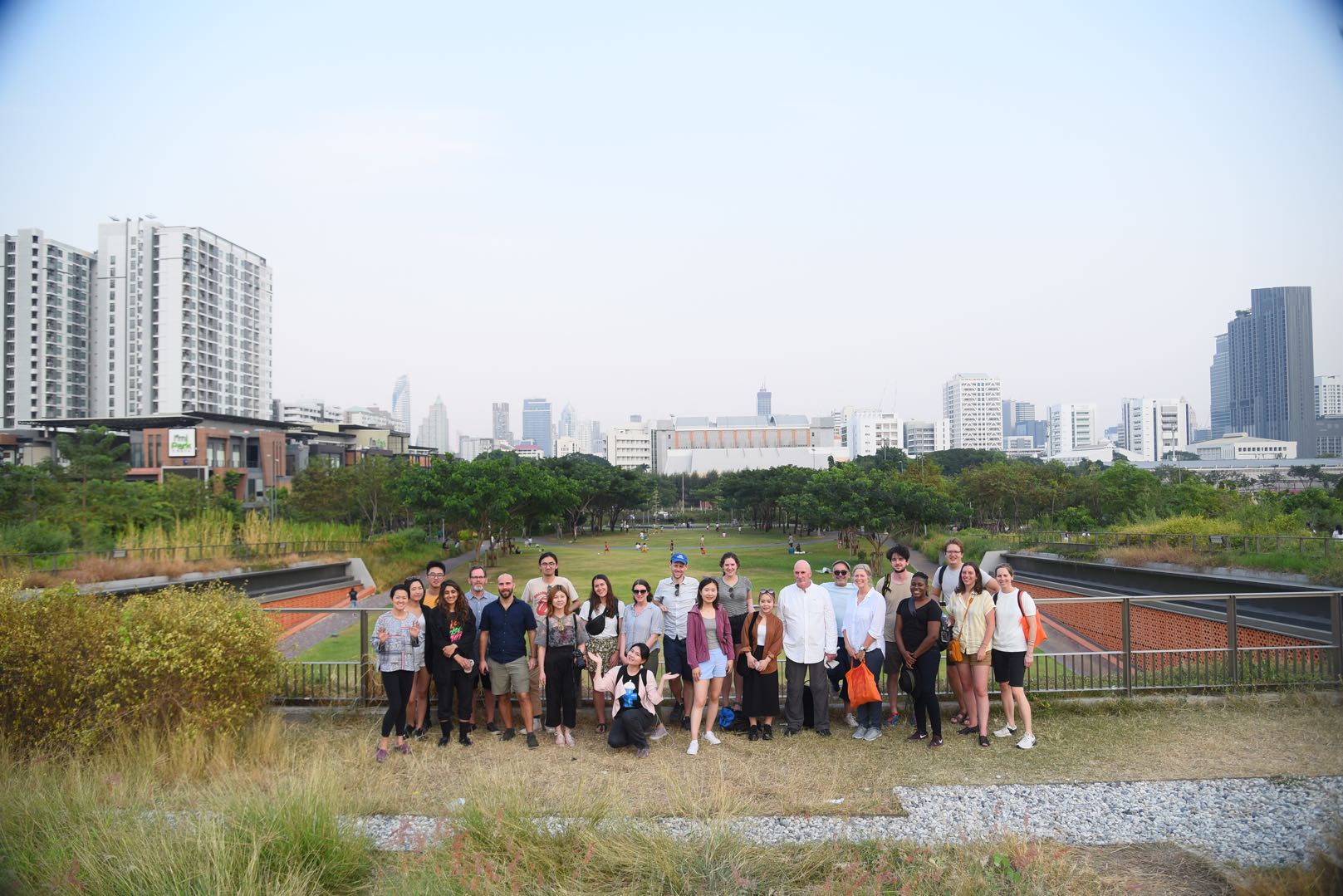
Reflecting on your time here, how have you grown as a student and designer since attending the GSD?
The GSD has offered me many opportunities to explore my interests. Not only have I grown as a designer, but the most important quality I’ve learned is how to work with a team. This is something that I rarely did as an undergraduate—my studio work typically consisted of individual projects.
After graduation, teaching is one of my first choices, and the GSD has offered me a lot of resources that I can use to facilitate and go forward with this goal. I have been provided with a great platform that allows designers with different backgrounds to communicate and design together. Everyone at the GSD is like a drop of water converging into Gund Hall, which is like an ocean generously absorbing provocative thoughts, debates, and even conflicts. I would like to be that drop of water pushing forward the waves of landscape architecture.
“Students in Dialogue” is a series of candid conversations between students at the Harvard Graduate School of Design. Interviewer Tomi Laja is currently a Master in Architecture II degree candidate at the GSD and Editorial Assistant with Harvard Design Magazine. Her interests include research-based architectural design, exhibition, and writing. Her independent research includes afro-futurist and eco-feminist perspectives as they relate to agency, consciousness, and the built environment.